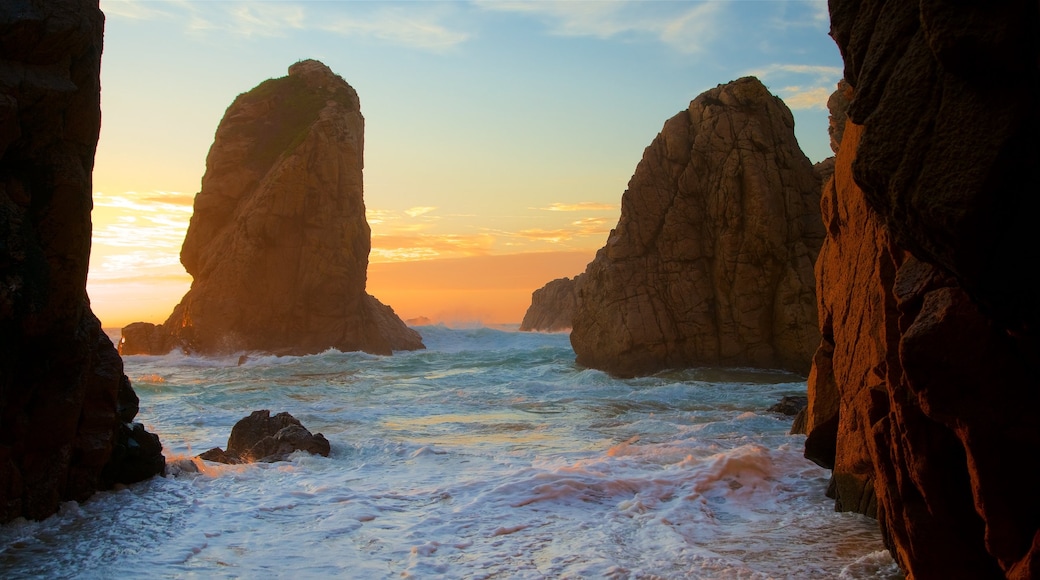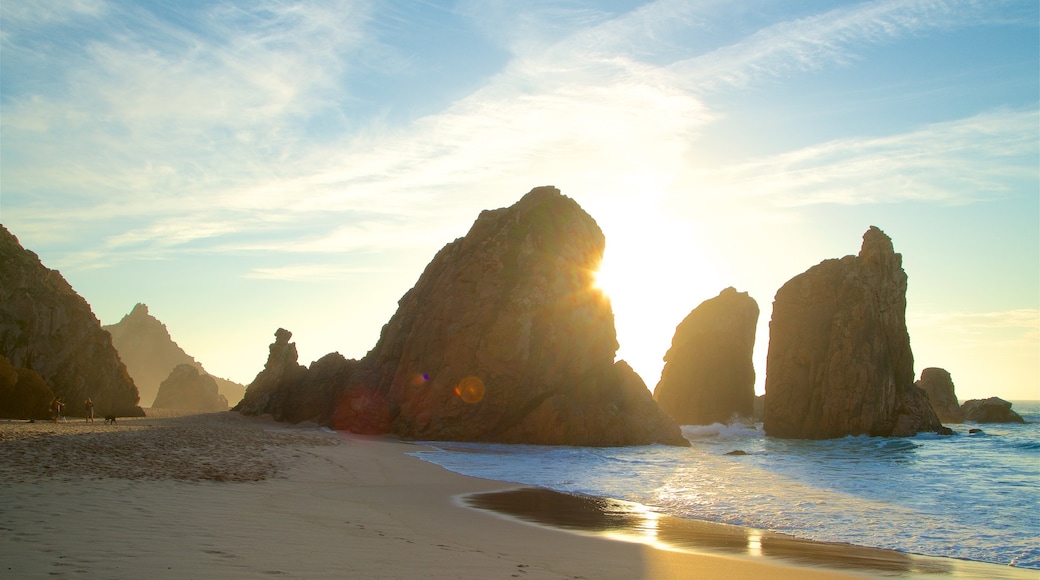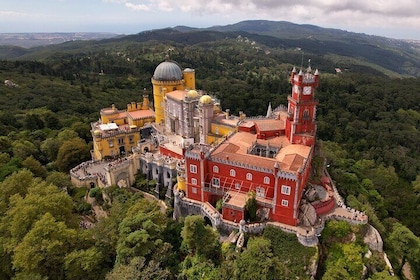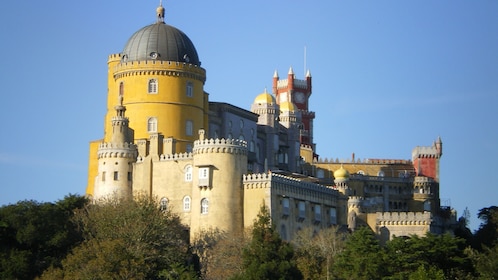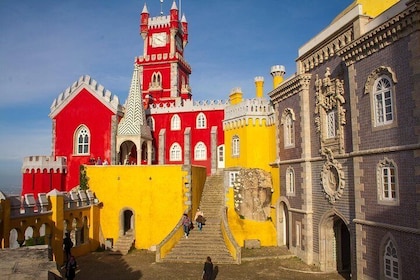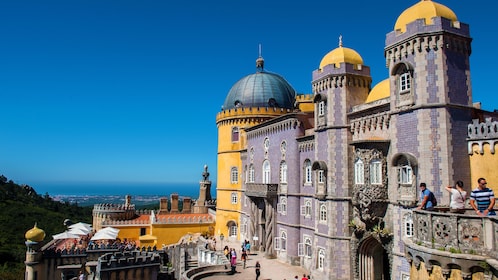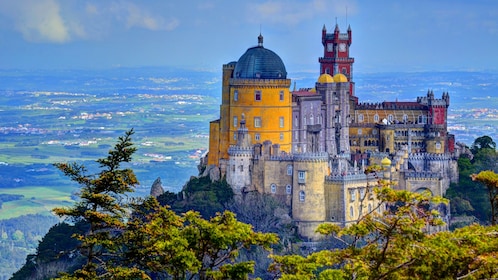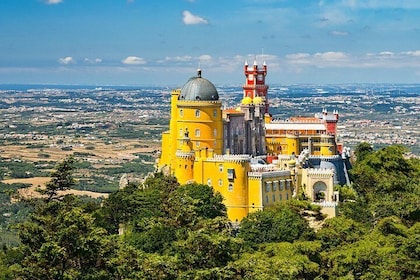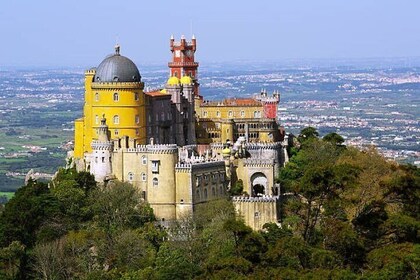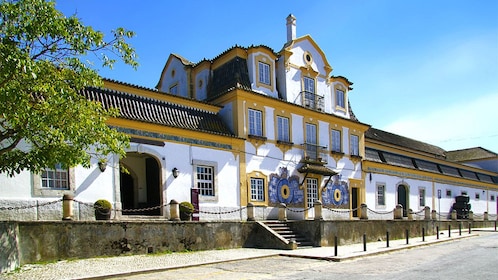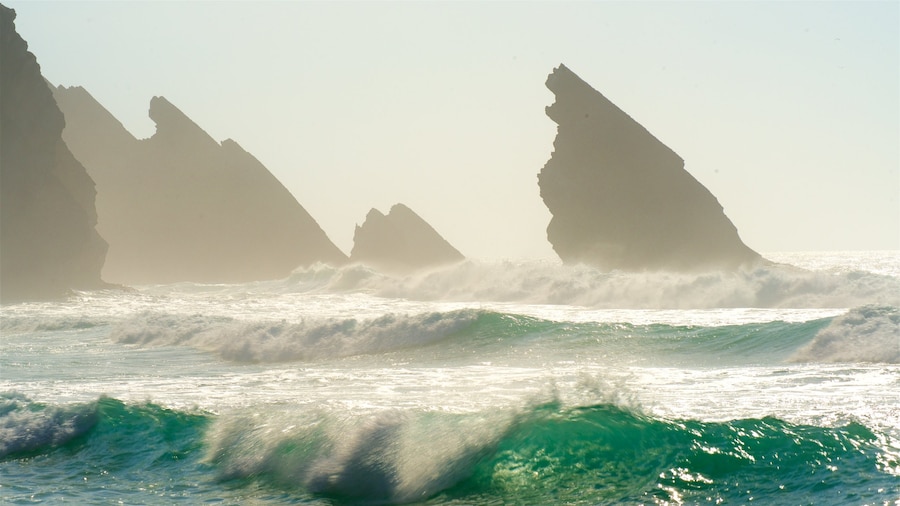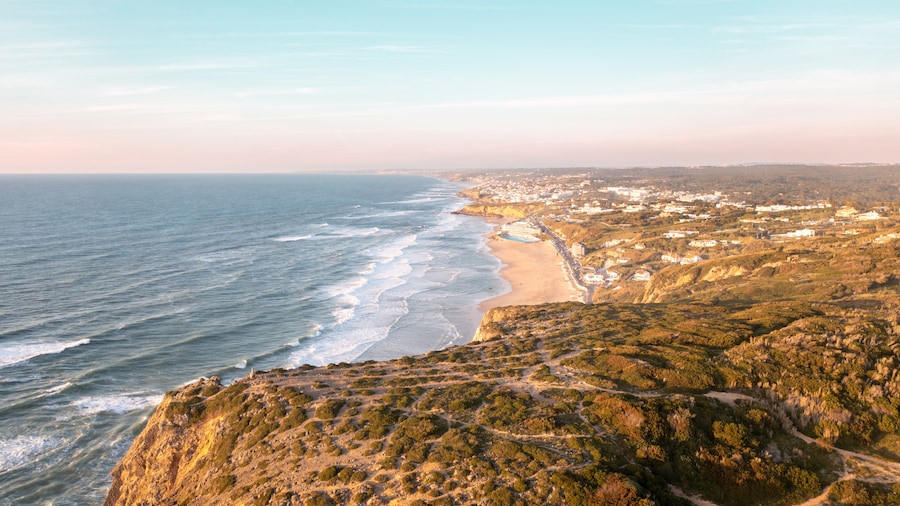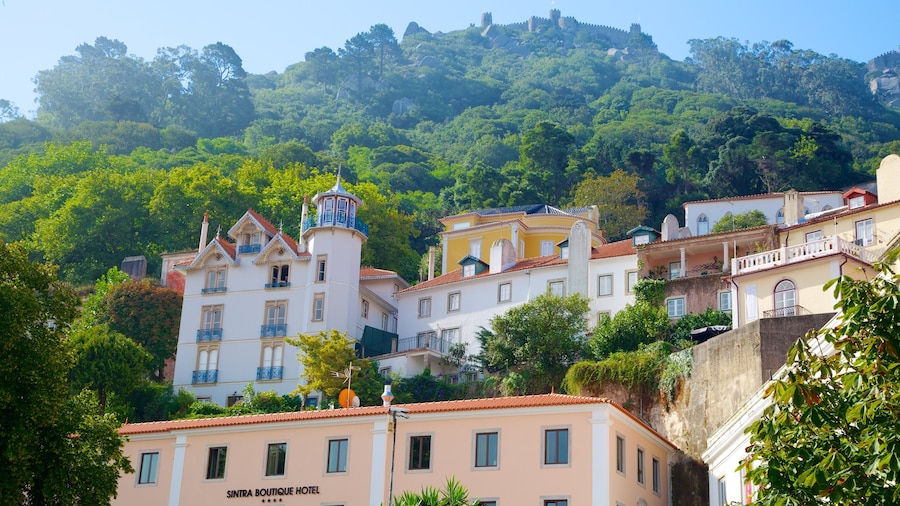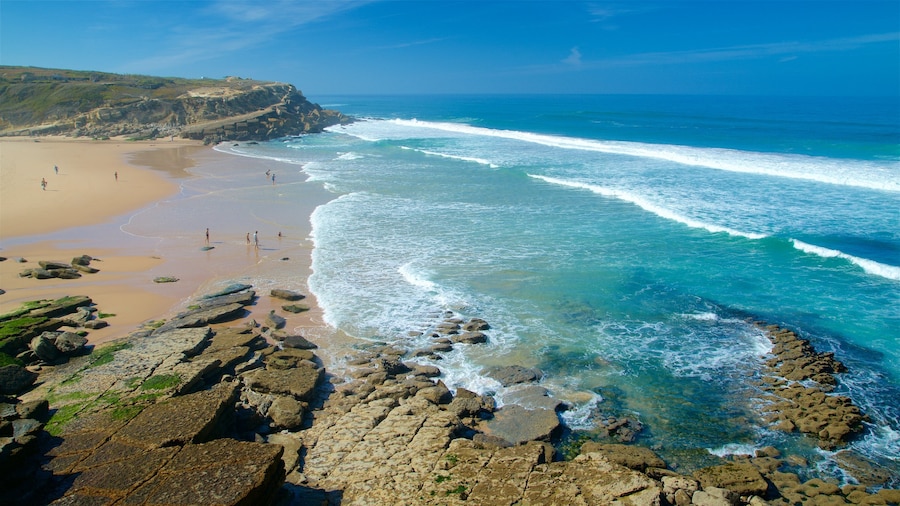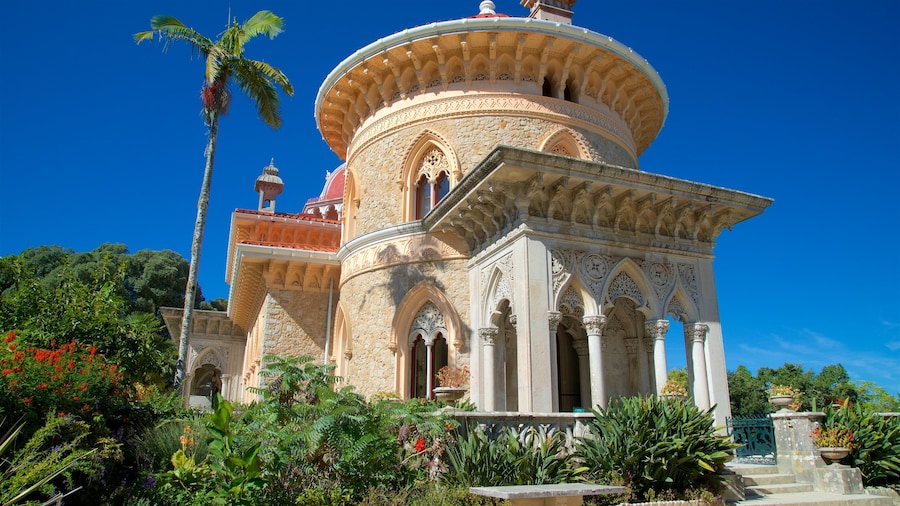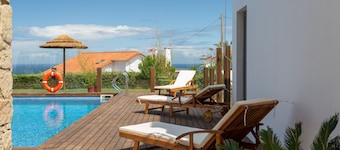See the magnificent rock formation, said to resemble a bear, which gives this beautiful and unspoiled sandy beach its name.
Ursa Beach, meaning Bear Beach in English, is a wild, undeveloped stretch of sand on Portugal’s Atlantic coast. Stroll along the sands and watch the waves crash just off the shore. Examine the two sea stacks at the northern end of the beach and try to see their resemblance to a bear.
This small but stunning beach is a hidden gem in the Sintra region. Yet it’s a sight very few tourists get to see. Make the effort to get to this isolated beach and you will be rewarded with some of the most stunning views in the region.
The beach is known for its fine sands, clear blue waters and striking rock formations. Gaze up at the sheer rock cliffs surrounding the sands. Be on alert for falling rocks, which occasionally break off from the cliffs. Of particular note is the Rocha da Ursa at the northern end, which is said to resemble a bear with its cub.
Stroll across the sand and admire the superb views. The beach is entirely natural, with no development or facilities visible in the surrounding area. Ursa Beach is an unofficial “clothing optional” beach, so don’t be surprised if you see nude sunbathers. Avoid swimming here as the currents and waves can be dangerous and no lifeguards patrol the site.
Find Ursa Beach on Portugal’s Atlantic coast, just north of Cape Roca, the most westerly point in continental Europe. Accessing the beach can be a little tricky and should only be attempted by experienced hikers. Be prepared to make your way down a steep, rocky trail to reach the sands. Wear sturdy footwear, watch out for loose rocks en route and avoid attempting the descent in wet weather.
No public transportation stops directly here. To get here ride a bus from Sintra to Cape Roca and walk to Ursa Beach from there.
